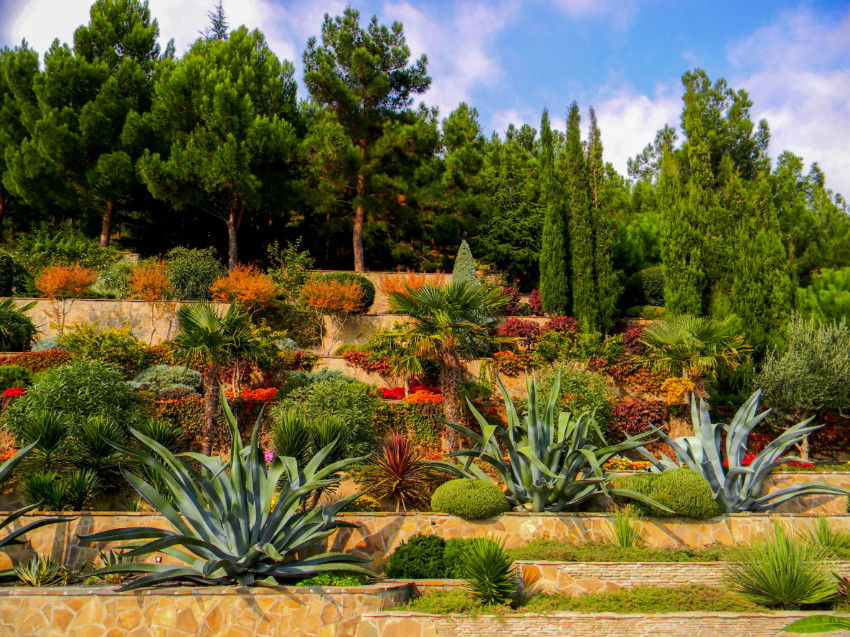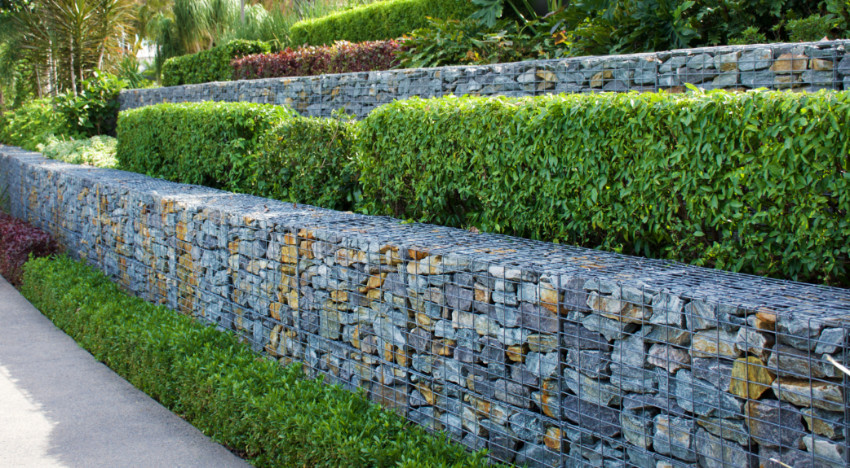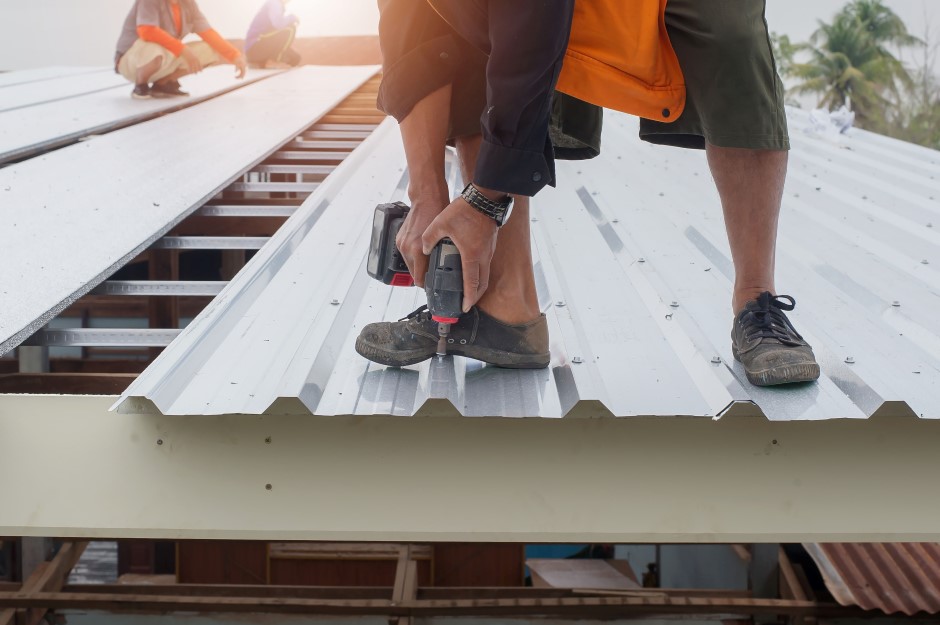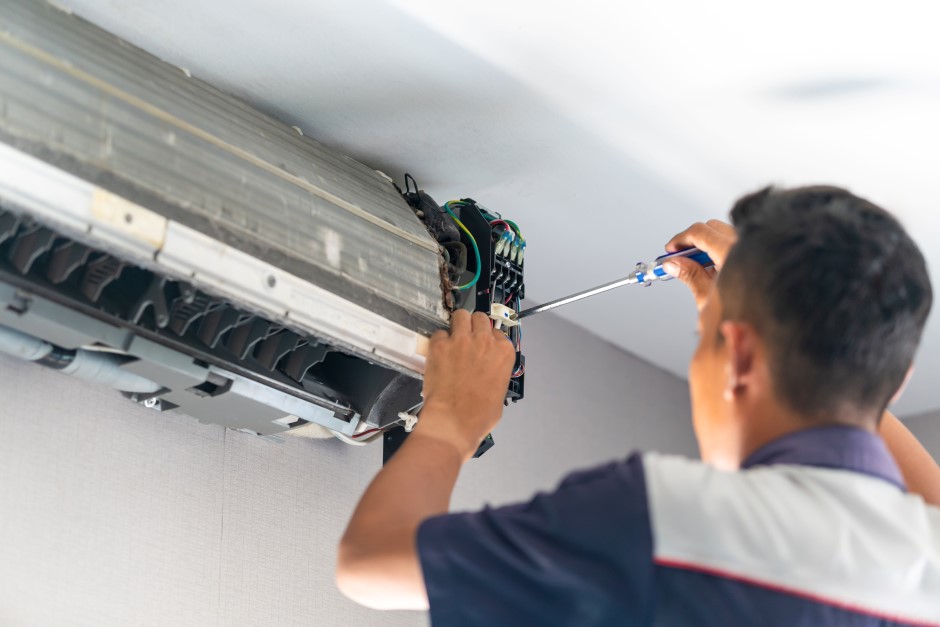Living on a hillside property can be one of the most fulfilling things in the world. After all, a sloped home is separate from the street giving you extra privacy and it can also keep the noise at a minimum. But one thing you have to deal with on a hillside property is erosion.
It can become so severe to a point that the beautiful hilly landscape transforms into a huge eyesore and you don’t want that.
The great news is that there are many erosion control measures that you can take to ensure your slopes are protected at all times.
Understand the Causes of Erosion

Before you start thinking about the prevention of soil erosion, it is important to, first of all, understand what causes this issue. Erosion can be subtle and unnoticed or full-blown. In most cases, it is caused by rushing water down a slope.
This carries the topsoil with it and if the issue is not resolved as soon as possible, the entire landscape will wash away.
So, from this, it can be argued that naturally, the best way to stop erosion would be to try and limit the amount of water that gushes down the slope or to redirect it so that there is enough protection for the sloping land.
How to Prevent Erosion

There are several erosion control solutions that you can explore to give your landscape a chance against the weather.
This often depends on your budget, the nature of the slope or landscape, and of course the weather conditions in your area.
Here are some points to note:
Build Baffles and Barriers
As noted above, if you can prevent water from rushing or gushing down the slope at a rapid pace, then you are likely going to prevent erosion. Baffles and barriers are designed to do exactly that.
They can either slow down the movement of water, or they can redirect it accordingly so that the bare slopes are protected.
It doesn’t take a lot to build these baffles. Although this may seem like a very basic prevention tactic, it's very effective.
Riprap
Riprap is also a more basic way of dealing with erosion but quite effective too. It’s often loose stone, typically granite, that is placed and spread over the slope. It is more or less of a barrier, meaning that it will slow down water as it moves down the slope.
Despite this, riprap can be an eyesore since we are talking about large and loose rocks spread all over the slope. So, to deal with this, you can combine it with some plants and lush green addition for the best aesthetic effects.
Terraces
Steep slopes will always be very difficult to deal with as far as erosion prevention goes. After all, they will easily allow water to surge across with no ease.
How about you deal with the slope by making terraces? Think of it as transforming your sleep slopes into cascading staircases.
Terraces do a very good job of slowing down the water. But you can make them more effective by basically planting plants or grass around them. In the end, this will help retain the water and reduce how fast you go down the hill.
Add Some Grass and Plants
You can also protect the soil on your sloping property by planting grass and other plants on it. This is one of the most sustainable controls of soil erosion methods you can go for and it truly works.
The grass acts as a catchment. In other words, it holds and retains the water for long, giving it enough time to evaporate into the air.
Slopes that have glass planted all over rarely have an erosion problem. Even when there is too much rain, they do a great job holding that water and redirecting it accordingly. Besides, adding grass on that slope will make it look even more appealing from the outside.
Talk to a local professional about landscape erosion and find out the best options for your home!






